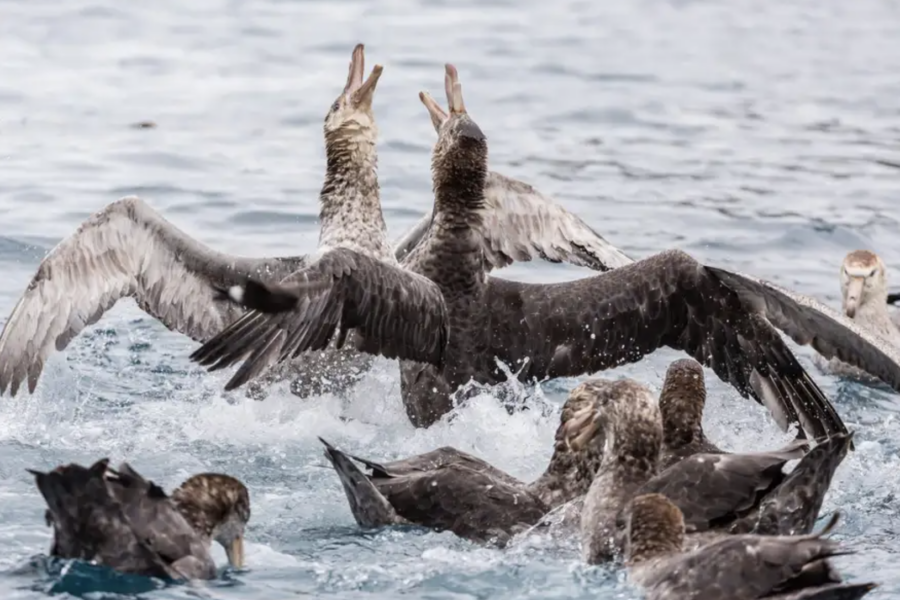A lethal form of bird flu has been discovered in the Antarctic region for the first time and it could kill many seals and whales as well as millions of birds.
The lethal form of bird flu that has been killing millions of wild birds around the world has spread south to the Antarctic region, where it is feared it will have a devastating impact on seals and whales as well as birds such as penguins and albatrosses. It could even lead to extinctions.
“There are species on some of the Antarctic islands and sub-Antarctic islands that are unique to those islands, and only occur in small numbers, in hundreds or thousands,” says Thijs Kuiken at Erasmus University Rotterdam in the Netherlands. “If the virus reaches those populations, they are in threat of extinction.”
If the virus spreads around Antarctica, there is also a risk of migratory birds carrying it to New Zealand and Australia for the first time, says Kuiken.
The highly pathogenic form of H5N1 bird flu that has been killing many wild birds in Europe, Asia and Africa since 2020 was carried across the Atlantic to North America in 2021. In October 2022, it was detected in South America.
There it is known to have killed thousands of marine mammals as well as hundreds of thousands of birds of many different species, and the true numbers are likely to be much higher. By December 2022, it had spread to the southern tip of South America.
In recent days, researchers at a British Antarctic Survey station on Bird Island, just off the larger island of South Georgia, found some sick brown skuas and giant petrels, and sent samples back to the UK for testing.
“The test came back yesterday, and they were indeed positive,” says Norman Ratcliffe, a seabird ecologist at the British Antarctic Survey.
